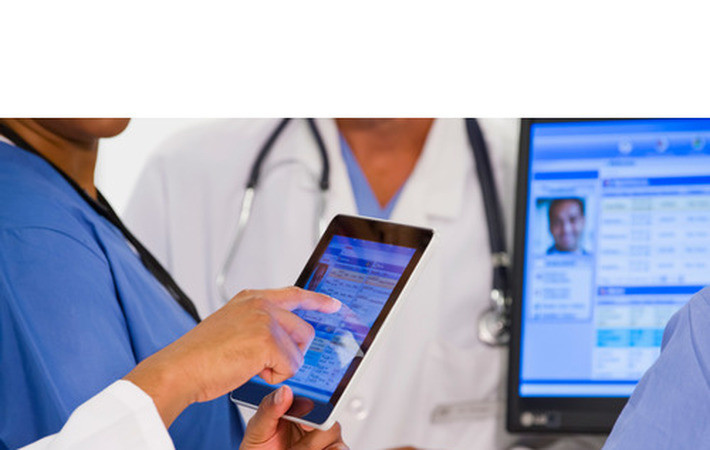
Published on 11/11/2016 | Market Sizing
Countries across the world are facing a healthcare crisis, but that crisis is a different type of challenge for each country. In the industrialized world, it’s the cost of healthcare that’s causing a crisis, and in developing countries, the crisis involves widespread disease with limited access to healthcare.
Despite the different issues, global governments face the same fundamental healthcare challenge: how can you maintain a healthy population in an affordable way?
Technology can be the overarching answer.
Treatment costs are spiraling out of control in developed countries due to aging populations and chronic diseases, according to the SAP eBook Connected Care: The Digital Pulse of Global Healthcare. The majority of health expenses are on avoidable problems such as high blood pressure, type 2 diabetes, and high cholesterol. The healthcare cost crisis is most acute in the United States, where healthcare spending is expected to reach more than $4 trillion in the next five years. This has prompted governments to introduce new policies trying to regulate healthcare spending and improve medical outcomes.
The integration of data from mobile health technology sensors and other healthcare systems is referred to as the Internet of Healthcare Things (IoHT). Under pressure from new government reimbursement models, many healthcare providers are looking to technology to reduce costs and improve their services in the following ways:
Wearable technology is gradually transferring healthcare monitoring from medical facilities to the home and other remote locations. This can improve patient accountability and drastically reduce costly visits to medical facilities.
Remote sensors are getting much smaller and less expensive, which has led to an explosion of tiny sensors being embedded into a variety of medical devices and even the human body.
Big Data analytics are providing better ways of handling the mass data being generated by the IoHT. In-memory computing solutions can now instantly crunch massive amounts of information, and data mining technologies can help identify links between patient information and treatment outcomes.
Electronic health records (EHRs) give healthcare providers access to up-to-date medical records at the patient’s bedside, whether that’s at a hospital, doctor’s office, or walk-in medical clinic.
Cloud-based EHRs are even more flexible, allowing access to patient information anytime, anywhere, on any device.
Data visualization can help surgeons, family doctors, and patients make fact-based treatment decisions in real time.
Many of these technology options are disrupting traditional models of healthcare, but they are viable ways to help reduce costs and address the healthcare crisis in developed countries.
In the developing world, the healthcare crisis is very different. Millions of people are still affected by infectious diseases such as malaria, tuberculosis, and HIV-AIDS. At the same time, large rural populations have limited access to healthcare due to inadequate medical infrastructure. This is prompting healthcare providers in developing areas to also turn to technology for answers, according to SAP’s Connected Care eBook.
Technology is facilitating improved population health in developing countries. By using mobile technology to identify risk factors up front, healthcare workers can intervene more quickly to stop the spread of disease. In some developing countries, mobile technologies are even enabling health services in areas with limited medical infrastructure. This is already having a significant impact on rural populations in Mexico, Africa, and India, and it could have profound implications for the future of health services in underdeveloped countries.
Some core technologies are used when dealing with population health. Digital technology can improve many scenarios, including healthcare integration, up-front analysis, and in-the-field medical coordination in developing countries. In rural areas, technology can help in the following ways:
- Big Data combines and analyzes countless data points, giving real-time and predictive facts so that providers can prevent the spread of infectious diseases and treat conditions quickly.
- The cloud provides a network to coordinate care among healthcare providers, government agencies, and non-governmental organizations (NGOs).
- Mobile monitoring using IoT technology can transfer medical information in remote rural locations regardless of infrastructure.
Whether patients are in urban centers or remote locations, and whether they’re in a developing nation or the developed world, technology can help patients gain access to affordable healthcare, and aid governments in addressing the global healthcare crisis.
This article was originally written by Anja Reschke from SAP
You can refer to the full original article here.